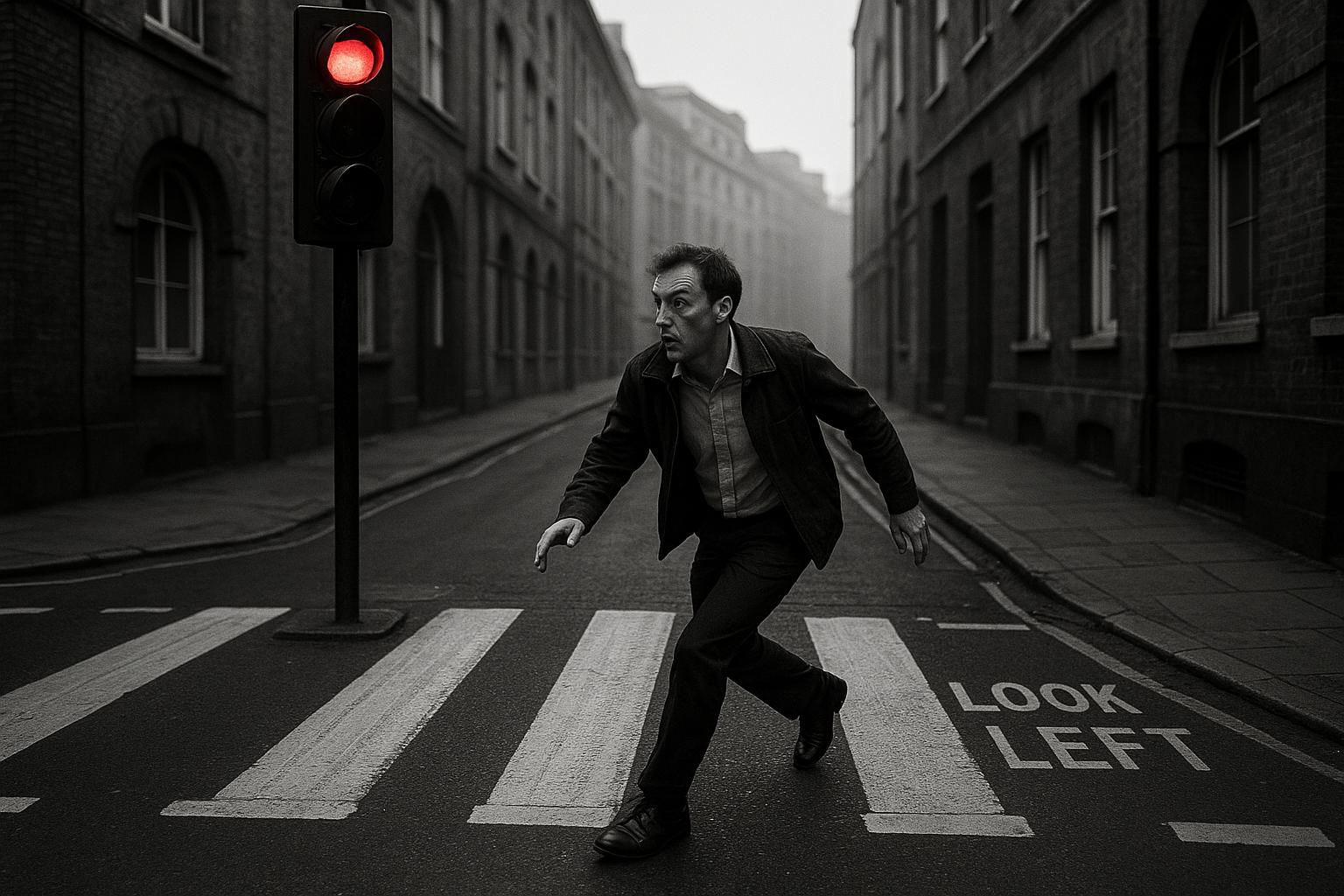Have London drivers suddenly forgotten what a zebra crossing means? This question is increasingly relevant as reports suggest a widespread disregard for pedestrian right of way across the city. Zebra crossings, clearly marked by striped lines and often accompanied by flashing amber beacons, are designed to give pedestrians priority over vehicles. Yet, a growing number of road users seem to treat these vital safety features as mere decoration, putting lives at risk. Reports from various parts of London, including quieter neighbourhoods like Crouch End, reveal that ignoring zebra crossings is not confined to busy central thoroughfares but is a citywide issue.
This apparent disregard for pedestrian priority at crossings is part of a broader trend of road-user confusion and risky behaviour. A study by Nextbase examining 80 London junctions found alarming levels of non-compliance with traffic signals: over a quarter of cyclists and 41% of e-scooter riders ignored red lights. Moreover, 11% of drivers were distracted at red lights, with 4% actively using their phones. Elephant & Castle emerged as a particularly hazardous area for running red lights and distracted driving, underscoring the urgency of improving awareness and enforcement measures to safeguard all road users.
Confusion about different types of pedestrian crossings further compounds the problem. Research by Admiral revealed that a striking 79% of drivers could not identify a pelican crossing, 27% failed to recognise a zebra crossing, and an overwhelming 92% were unaware of a toucan crossing. These findings highlight a significant knowledge gap that likely contributes to unsafe driving behaviours near crossings. Separate research indicates that over a quarter of UK residents cannot identify a zebra crossing, while most cannot distinguish between pelican, puffin, and toucan crossings. Such widespread ignorance increases the risk of accidents and near-misses; for instance, one study found that approximately one-third of pedestrians reported near misses at crossings, a figure that rises to 50% for 25-34 year-olds.
The human factor plays a crucial role in these safety issues. According to Admiral’s investigations, among drivers involved in accidents near crossings, 40% stated that pedestrians stepped into the road without looking, while 15% admitted they simply did not see the pedestrian. Distraction is a common theme, with 14% of drivers confessing to phone-related distractions. Pedestrians themselves are not without fault; over half have admitted to ignoring crossing signals, with smaller but significant proportions not looking properly or being distracted by their phones. These statistics underline the need for comprehensive education campaigns targeting both drivers and pedestrians to foster mutual respect and vigilance.
In response, Transport for London (TfL) has launched a dedicated campaign addressing key rules of the Highway Code designed to protect vulnerable road users, including a firm reminder to always stop for pedestrians at zebra crossings. Despite this, a recent TfL survey found only 16% of Londoners could correctly identify all five critical rules of the campaign. This low awareness is echoed in a survey where 74% of respondents believed drivers should give way to pedestrians waiting at zebra crossings, yet only 51% recognised the requirement to yield to pedestrians crossing or waiting to cross a road into which or from which they are turning. Such gaps in knowledge suggest that many drivers may inadvertently engage in unsafe behaviours simply due to misunderstanding or lack of awareness.
The risks posed by this widespread unfamiliarity with pedestrian crossing rules are particularly concerning amid the ongoing introduction of new technologies such as driverless cars. These vehicles rely heavily on programming that must anticipate human behaviours, which remain unpredictable if both drivers and pedestrians do not adhere to established laws. If current trends continue, the safety benefits promised by innovations like autonomous vehicles could be undermined by persistent ignorance and reckless disregard for pedestrian rights.
Ultimately, the safety of London’s roads depends on both the enforcement of traffic laws and a fundamental shift in attitudes towards pedestrian priority. Without improved education, stronger awareness campaigns, and rigorous enforcement, London risks becoming a city where zebra crossings lose their purpose, and pedestrians cannot safely navigate the streets even at marked crossings specifically designed for their protection.
📌 Reference Map:
- Paragraph 1 – [1] (Evening Standard)
- Paragraph 2 – [2] (ITV News)
- Paragraph 3 – [3] (Shropshire Star), [4] (Road Safety GB)
- Paragraph 4 – [5] (Admiral)
- Paragraph 5 – [6] (Safer Highways), [7] (Fleet News)
- Paragraph 6 – [1] (Evening Standard), [6] (Safer Highways)
Source: Noah Wire Services
